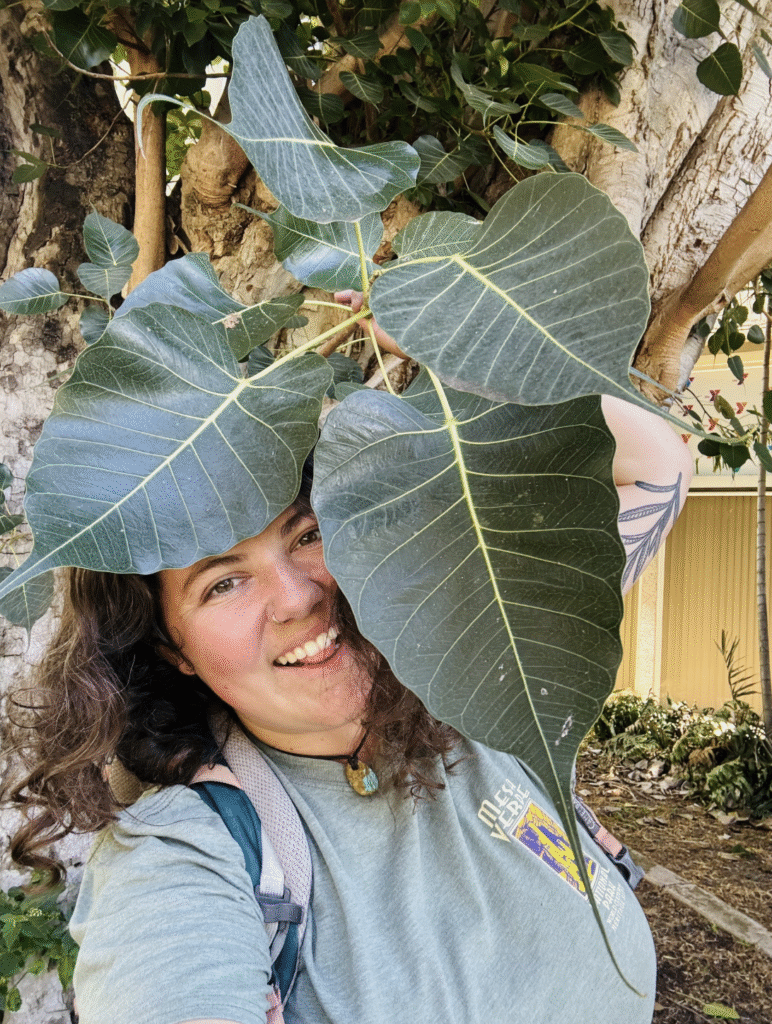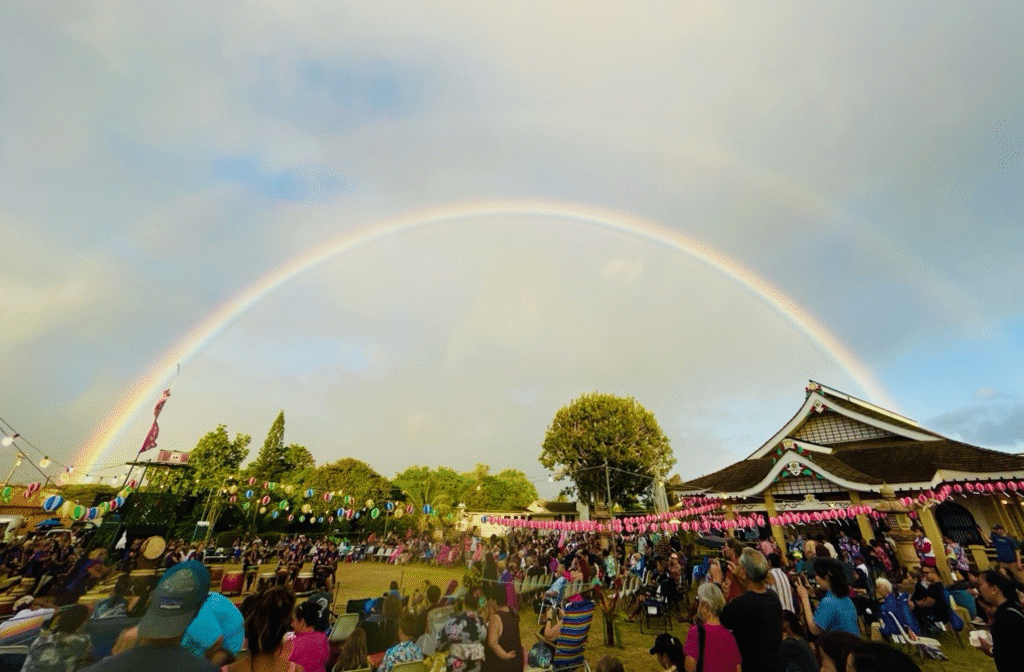
Have you ever heard of a Bodhi tree (Ficus religiosa)? According to Buddhist history, the Buddha attained enlightenment while meditating under a Bodhi tree. A branch of the original tree was planted in Sri Lanka over 2000 years ago, making it the oldest historical tree in the world today. Clones of this original tree have been planted all over the world in Buddhist Temples and personal gardens. The Hawaiian islands contain an especially high concentration of clones from the apparent sacred lineage. Genomic analysis in the Denver lab can theoretically reveal what trees are descended directly from the original Bodhi tree. But the spread of these trees into an ecosystem from which they did not originate has raised the question as to whether they pose the risk of becoming a harmful invasive species.
This week on the show, we are joined by Jazlee Crowly, a 4th year PhD student in Integrative Biology whose work is as expansive as the Bodhi tree’s canopy. Using a transdisciplinary approach, a “purposely border-breaking” method, Jazlee weaves together botanical history, community memory, and genomic methods to explore the roles these trees play in Hawaiian ethnic and botanical landscapes. Jazlee’s work is conducted by invitation from local groups, particularly the Japanese-Buddhist community of the Kaua’i Soto Zen Temple Zenshuji. Jazlee conducts her field work during the annual Obon period, the Japanese celebration of ancestral spirits, and gives her time to helping with the celebration as a way of giving back to the people and places that steward these living lineages.

Tune into KBVR 88.7 FM at 6:30 pm PST on November 2nd to hear Jazlee explain the spiritual and ecological role that the Bodhi tree plays on the Hawaiian islands.
